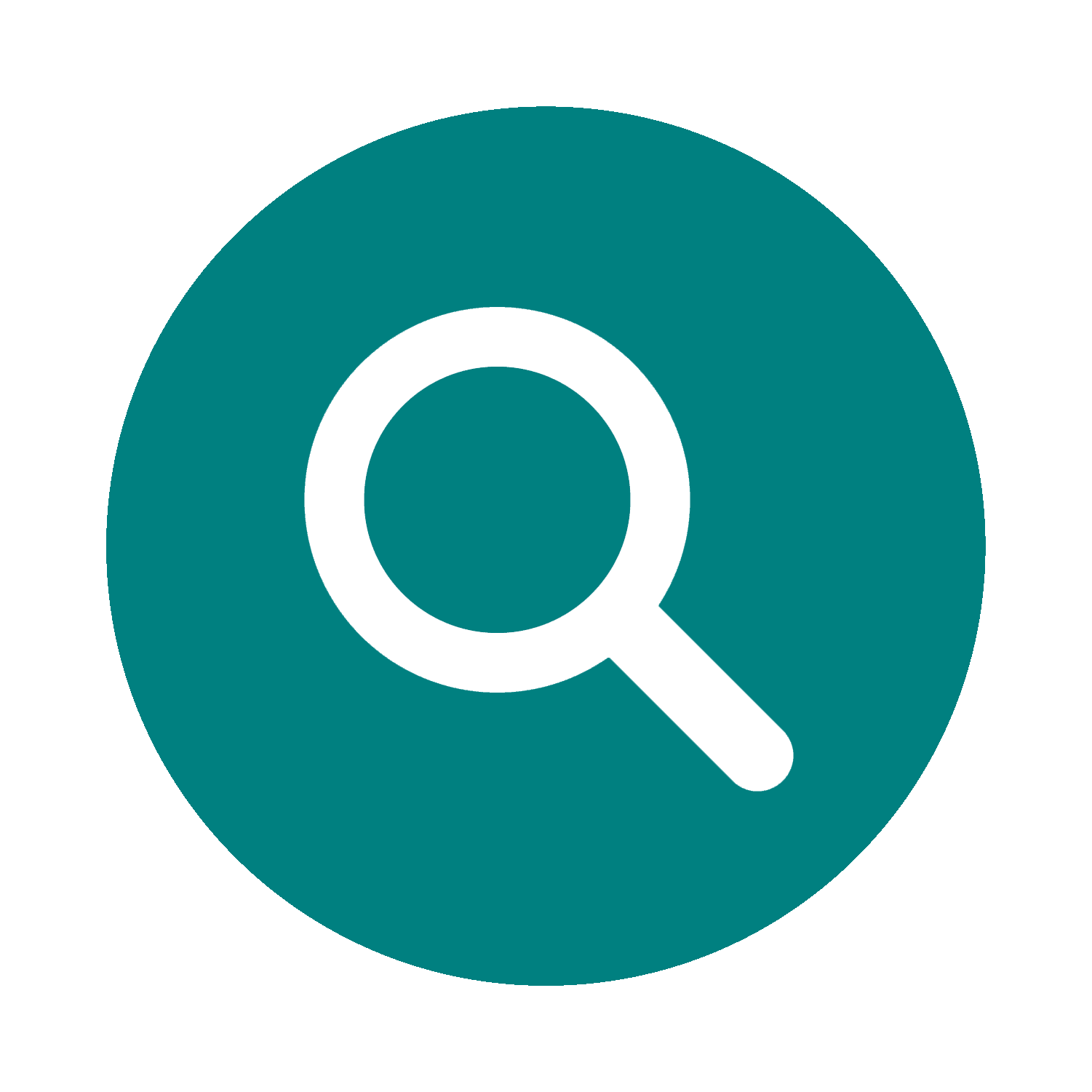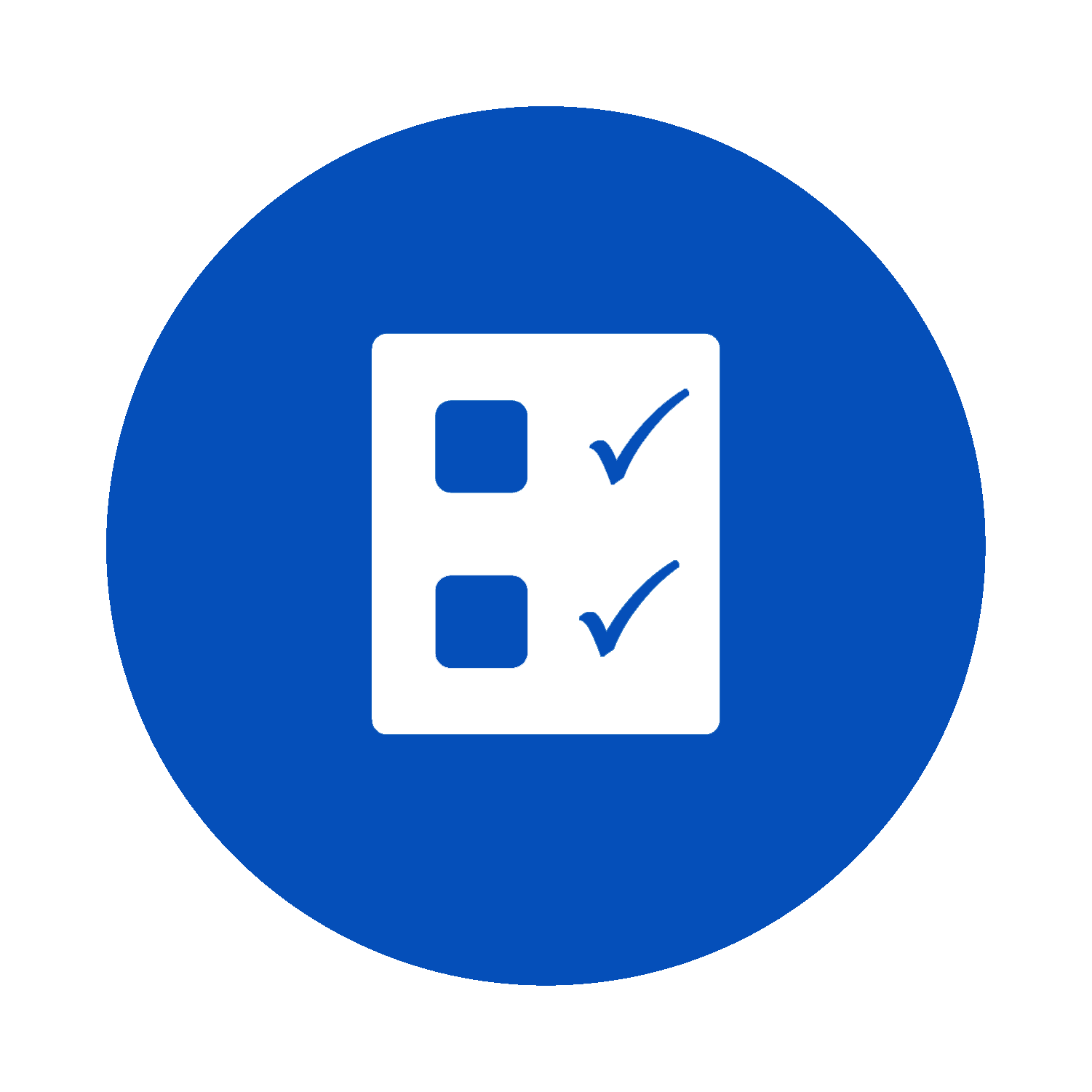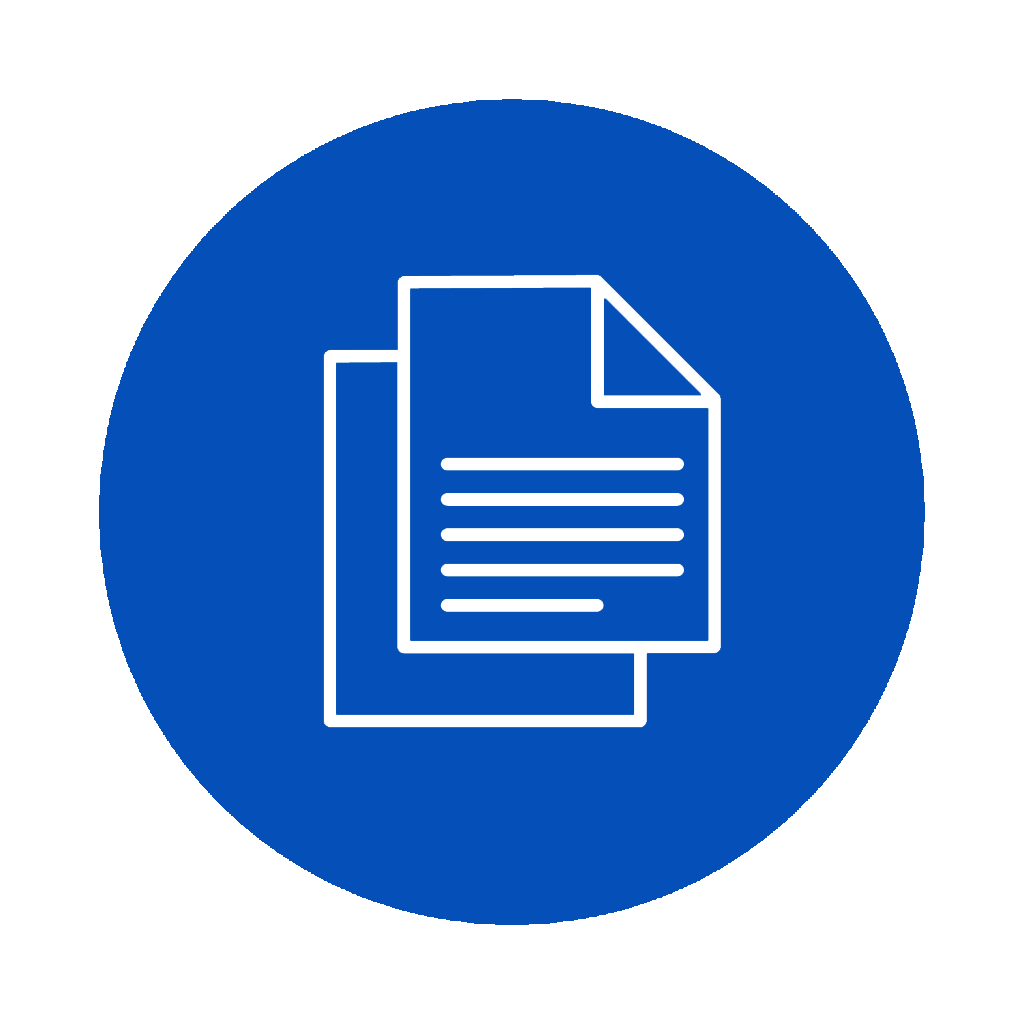Chapter 05. Internal Controls
05.01. The Control Environment

Key Questions
![]() Briefly reflect on the following before we begin:
Briefly reflect on the following before we begin:
- What are the critical components of an effective control environment, and how do they support internal control systems?
- How does leadership influence the control environment and internal control framework?
- In what ways does corporate culture impact the effectiveness of internal controls?
- How can an organization evaluate and improve its control environment?
In any organization, the control environment is the foundation for adequate internal controls, encompassing principles and components that shape the organization’s risk management and governance processes. This sub-chapter section delves into the essential aspects of establishing and maintaining a robust control environment to mitigate risks and promote operational efficiency.
The attitude of the leadership team is pivotal in fostering a robust control environment, setting the tone at the top and exemplifying a commitment to integrity and ethical behaviour. By championing a culture of accountability and transparency, executives and senior management instill confidence in employees and reinforce the importance of adhering to control policies and procedures. Corporate culture significantly influences internal controls, shaping employee attitudes and behaviours toward risk management and compliance. Organizations with a robust ethical culture tend to have more effective internal controls, as employees are more inclined to uphold control standards and act with integrity in their day-to-day activities. The influence of organizational structure on internal controls must be balanced, as delineating roles and responsibilities directly impacts the design and implementation of control mechanisms. Clear communication and comprehensive training programs are vital for disseminating control policies and procedures throughout the organization, ensuring employees understand their roles in maintaining a robust control environment. Evaluating and continuously improving the control environment is an iterative process that requires regular assessments, feedback mechanisms, and corrective actions to address deficiencies and adapt to changing business environments. Organizations can effectively mitigate risks, safeguard assets, and achieve their strategic objectives in a dynamic and competitive landscape by enhancing controls and strengthening the control environment.
 Internal Audit in Action
Internal Audit in Action
Background
Michniewicz Canada Insurance, a medium-sized insurance company, has been experiencing a gradual increase in claim fraud incidents. A root cause analysis conducted by the internal audit team revealed weaknesses in the company’s control environment, particularly leadership, ethical considerations, and organizational structure.
Challenge
The main challenge was strengthening the control environment to reduce fraud risk and foster a culture of integrity and ethical behaviour across the company. Leadership needed to be pivotal in signalling the importance of controls and ethical practices to all employees.
Action Taken
With support from the Board of Directors, the CEO initiated a comprehensive program to revitalize Michniewicz Canada’s control environment. Key actions included:
- Reaffirming the company’s commitment to integrity and ethical values through a series of communications and workshops led by senior management.
- Restructuring the organization to provide more precise lines of authority and responsibility, enhancing accountability.
- Implementing robust training programs focused on ethical behaviour, fraud awareness, and the importance of internal controls.
- Developing and disseminating clear policies and procedures to guide employees in their daily work operations and work operations and emphasizing the company’s zero-tolerance policy toward fraud.
- Instituting regular evaluations of the control environment to identify areas for improvement and ensure alignment with organizational objectives.
Outcome
These initiatives led to a significant transformation in Michniewicz Canada’s control environment. Employees at all levels gained a deeper understanding of their role in upholding the company’s values and the importance of internal controls. The strengthened control environment contributed to a noticeable reduction in fraud incidents and enhanced the overall resilience of the company’s operations. Employee morale improved as staff felt more supported and clear about expectations, reinforcing a positive organizational culture.
Reflection
This scenario illustrates the critical role of leadership in shaping and strengthening the control environment. Michniewicz Canada Insurance demonstrated how a robust control environment forms the foundation for effective risk management and ethical conduct by proactively addressing weaknesses and fostering a culture of integrity.
Principles and Components of an Effective Control Environment
The control environment sets the organization’s tone, influencing consciousness how conscious its employees are about internal controls. It is the basis for all other components of internal audit, providing discipline and structure.
The primary principles of an effective control environment include integrity and ethical values. Leaders at all levels must show commitment to these principles. They act as role models, influencing employees’ behaviour and attitudes toward control and ethics. Another critical principle is the commitment to competence. Organizations must define competency requirements for individual roles. This ensures that staff possess the necessary knowledge and skills to perform their duties effectively. The board of directors, too, plays a crucial role. The board oversee the development and operation of the control environment. The board’s involvement demonstrates the organization’s commitment to adequate internal controls. Management’s philosophy and operating style also affect the control environment. This includes their approach to taking and managing risks. A cautious or aggressive management style will directly impact the organization’s control environment.
Organizational structure is another critical component. A clear, well-defined structure facilitates effective decision-making and risk management. It ensures that responsibilities and reporting lines are clear, reducing the risk of confusion and errors. Allocation of authority and accountability is essential for an effective control environment. It ensures decisions are made and actions taken by the appropriate individuals. This allocation must be communicated and understood within the organization. Finally, policies and procedures are the backbone of the control environment. They guide the organization’s operations and support risk management efforts. Effective policies and procedures are clear, comprehensive, and enforced consistently.
Let’s explore some of these principles in depth in the subsequent sections.
Leadership’s Role in Fostering a Strong Control Environment
The leadership team is pivotal in fostering a robust control environment, and the actions and decisions taken by the leaders set the organizational tone, directly impacting internal controls. Influential leaders demonstrate a commitment to integrity, ethics, and accountability. This commitment influences the entire organization’s attitude toward risk management and control. Leaders establish and communicate the importance of internal controls. They do this through clear policies, procedures, and expectations. Leaders ensure that internal control standards are understood and implemented at all levels of the organization. In addition, leaders model ethical behaviour and decision-making. Their conduct is a benchmark for all employees, reinforcing the importance of ethical practices. This behaviour builds trust and encourages a culture of openness and honesty.
Leaders are also responsible for providing resources for effective internal controls. This includes allocating adequate budget, technology, and personnel. By investing in internal controls, leaders demonstrate their value to the organization’s success. Training and development are another area where leadership plays a crucial role. Leaders promote ongoing education on internal controls and risk management. They ensure employees have the necessary skills to contribute to an effective control environment. Leaders actively engage with the board of directors and audit committees. They provide accurate and timely information on internal controls and risk management. This engagement ensures that oversight bodies are well-informed and can provide appropriate guidance. Influential leaders are approachable and encourage communication. They create channels for employees to report concerns or suggestions regarding internal controls. This openness promotes a culture of continuous improvement.
Lastly, leaders regularly review and assess the control environment. They acknowledge its strengths and address any weaknesses. This commitment to evaluation and improvement ensures that the control environment remains robust and responsive to change.
The Influence of Corporate Culture on Internal Controls
Corporate culture encompasses the shared values, beliefs, norms, and behaviours that define how individuals interact and make decisions. A solid corporate culture that prioritizes integrity, transparency, and ethical behaviour tends to promote robust internal controls. When employees understand and embrace the organization’s values, they are more likely to adhere to control procedures and report any deviations or unethical conduct. The behaviour and attitudes exhibited by top management set the tone for the entire organization. When leadership demonstrates a commitment to compliance and risk management, it signals the importance of internal controls throughout the organization. Conversely, a laissez-faire attitude toward controls can undermine their effectiveness and erode trust in the control environment.
Corporate culture also influences the organization’s risk appetite and tolerance levels. In cultures that embrace innovation and risk-taking, there may be a higher tolerance for certain risks, which could impact the design and implementation of internal controls. Conversely, risk-averse cultures may prioritize stringent control measures to mitigate even minor risks. Cultures encouraging open communication and feedback facilitate identifying and resolving control deficiencies. When employees feel comfortable reporting concerns or suggesting improvements, it enhances the organization’s ability to address weaknesses in the control environment.
The adaptability of corporate culture influences how well internal controls can respond to changes in the business environment. Cultures that embrace change and innovation may adopt agile control frameworks that allow for rapid adjustments to evolving risks and circumstances. Consistency in applying control policies and procedures is essential for maintaining the integrity of the control environment. In cultures where rules are consistently enforced, and deviations are swiftly addressed, employees are more likely to comply with control requirements and take them seriously. Large organizations may have distinct subcultures within different departments or divisions. These subcultures can impact how internal controls are perceived and implemented. Internal auditors need to understand these variations and tailor their approach accordingly. Lastly, changing an organization’s culture to strengthen internal controls requires deliberate effort and leadership commitment. Initiatives to foster a control-oriented culture may include training programs, leadership messaging, and revisiting incentive structures to align with control objectives.
Ethical Considerations and Integrity in the Control Environment
Ethical considerations and integrity are central to the control environment as they ensure that internal controls are practical and adhere to moral standards. These elements are fundamental in shaping the organization’s ethical climate and guiding behaviour. They involve assessing the fairness, honesty, and morality of an organization’s actions. This assessment influences policies, procedures, and daily operations. An organization committed to ethical considerations prioritizes transparency, fairness, and accountability.
Organizations should develop a code of ethics to guide employee behaviour. This code outlines expected behaviours and decision-making frameworks. It serves as a reference for ethical dilemmas and reinforces the organization’s commitment to integrity. Training programs are also essential in promoting ethical considerations and integrity. Training sessions educate employees on moral issues, organizational values, and expected behaviours. These programs help to embed ethics into the organization’s culture.
Ethical considerations and integrity also influence risk management and internal controls. They ensure controls are designed for compliance and to uphold ethical standards. This approach minimizes ethical risks and protects the organization’s reputation. Whistleblower policies and mechanisms are integral to maintaining integrity. They provide employees with a safe and confidential way to report unethical behaviour or control breaches. Confidential reporting mechanisms demonstrate the organization’s commitment to transparency and accountability. Regularly evaluating and updating ethical policies and practices ensures they remain relevant and practical. It reflects the organization’s ongoing commitment to moral excellence.
The Impact of Organizational Structure on Internal Controls
The organizational structure defines how responsibilities and authorities are distributed within the organization. A well-designed structure is crucial for the effectiveness and efficiency of internal controls. Organizational structure determines the flow of information. Straightforward and streamlined structures facilitate effective communication. This ensures that all levels of the organization are informed about internal controls and their roles in enforcing them.
A hierarchical structure might centralize decision-making. While this can ensure uniformity in controls, it may slow down responses to control failures. On the other hand, a decentralized structure may enhance flexibility but require robust control activities at different levels to maintain consistency. The segregation of duties is a critical internal control mechanism affected by organizational structure. Proper segregation prevents conflicts of interest and reduces the risk of error or fraud. The structure must allow for a clear separation of tasks among employees. Organizational structure also influences the monitoring of internal controls. In a complex structure, specialized internal control departments may be necessary. These units focus on monitoring and improving controls across the organization.
An effective organizational structure aligns with the organization’s strategy and goals. It supports risk management processes by clearly defining risk ownership and accountability. This alignment ensures that internal controls are focused on critical areas. Changes in organizational structure can impact internal controls. As organizations evolve, internal controls must be reassessed and adjusted. This ensures they remain relevant and practical amid changes in structure. The structure should also support compliance with laws and regulations. It must enable the organization to establish controls that address regulatory requirements. Compliance is integral to an effective control environment.
Training and Communication Strategies for Control Policies
Practical training and communication strategies are essential for ensuring control policies are understood, embraced, and consistently applied throughout the organization. Here are some key considerations:
- Comprehensive Training Programs: Develop training programs that cover the technical aspects of control policies and emphasize the rationale behind them. Employees should understand the purpose of controls and how they contribute to achieving organizational objectives and safeguarding assets.
- Tailored Training Modules: Recognize that different organizational roles may require specific training on relevant control policies. Tailor training modules to address the unique control needs of other departments or job functions.
- Interactive Learning Methods: Engage employees through interactive learning methods such as workshops, case studies, and simulations. Encourage active participation and allow employees to apply control concepts in real-life scenarios. Interactive learning fosters better retention and understanding of control principles.
- Clear and Accessible Documentation: Ensure control policies and procedures are documented in a clear and accessible format. Use plain language and visual aids to enhance comprehension, particularly for complex control processes. Make control documentation readily available to employees through centralized repositories or intranet portals.
- Regular Communication Channels: Establish regular communication channels to reinforce key control messages and provide updates on changes to control policies or procedures. Email newsletters, team meetings, and internal memos disseminate information about control-related initiatives, best practices, and success stories.
- Role of Leadership: Engage leadership in promoting a culture of compliance and accountability through their communication and actions. Leaders should visibly support control initiatives, communicate the importance of adherence to control policies, and hold employees accountable for compliance. Endorsement by leadership enhances the credibility of control efforts and reinforces their significance.
- Training on Reporting Mechanisms: Provide training on reporting mechanisms for employees to raise concerns or report potential control deficiencies. Ensure that employees know whistleblower policies, anonymous reporting channels, and other avenues for voicing control-related issues. Encourage a culture of transparency and accountability in reporting.
- Ongoing Reinforcement: Recognize that training is an ongoing process, not a one-time event. Schedule regular refresher sessions to reinforce key control concepts, address emerging risks, and update employees on regulations or changes in industry standards. Ongoing reinforcement helps to embed control principles into the organization’s culture.
- Feedback and Evaluation: Solicit employee feedback on the effectiveness of training programs and communication strategies for control policies. Use surveys, focus groups, or feedback sessions to gather insights into improvement areas and identify gaps in understanding or implementation. Evaluate the impact of training initiatives on compliance levels and control effectiveness.
By implementing comprehensive training and communication strategies, organizations can enhance awareness, understanding, and adherence to control policies, strengthening the overall control environment. Practical training empowers employees to fulfill their responsibilities in upholding controls and contributes to a culture of compliance and integrity within the organization.
Evaluating and Improving the Control Environment
Evaluating and improving the control environment involves regular assessment, feedback, and adjustments to ensure that the control environment effectively addresses new challenges and risks. Regular evaluation of the control environment involves reviewing the effectiveness of control policies and procedures. Internal and external audits play a vital role in this evaluation. They provide an objective assessment of the control environment’s effectiveness. Feedback from employees at all levels is invaluable. It offers insights into the practical aspects of the control environment. Employee feedback can highlight areas for improvement and identify existing control framework challenges.
Benchmarking against industry standards is another aspect of evaluation. It helps organizations understand how their control environment compares with others. This benchmarking can identify best practices and areas for improvement. Technology plays a critical role in evaluating and improving the control environment. Data analytics and other audit technologies can provide deeper insights into control effectiveness. They can identify patterns and trends that may not be visible through traditional methods. Continuous improvement is a crucial principle. Based on evaluations, organizations should develop action plans to address identified weaknesses. These plans may involve revising policies, enhancing training programs, or implementing new controls.
The leadership team’s involvement is critical in the improvement process. Leaders must commit to acting on evaluation findings. Their support ensures that necessary resources are allocated for improvement initiatives. The role of the internal audit function is pivotal in this process. Internal auditors not only assess the control environment but also recommend improvements. They work closely with management to implement these recommendations effectively. Monitoring the implementation of improvements is essential. It ensures that changes are effectively integrated into the control environment. This monitoring should be an ongoing activity, with adjustments made as necessary.
 Internal Audit in Action
Internal Audit in Action
Background
Techian Inc., a rapidly growing technology startup, recognized that its rapid growth and the dynamic nature of the tech industry required a robust control environment to manage risks effectively. However, the existing culture was heavily focused on innovation and speed to market, often at the expense of adequate risk consideration and internal controls.
Challenge
The challenge was cultivating a risk-aware culture without stifling innovation, ensuring that the control environment supported the company’s strategic objectives while managing risk effectively.
Action Taken
The leadership team, including the Chief Risk Officer (CRO) and Chief Audit Executive (CAE), embarked on a strategy to integrate risk management into the company’s DNA. This strategy involved:
- Developing a clear statement of risk appetite and tolerance, communicated company-wide, to guide decision-making processes.
- Incorporating risk management and internal controls into all employees’ onboarding and continuous training programs.
- Establishing a cross-functional risk committee with representatives from various departments to foster open dialogue on risk and controls.
- Leveraging technology to improve communication and training on control policies, making it accessible and engaging for employees.
- Regularly reviewing and updating the organizational structure to ensure it supports effective risk management and control practices.
Outcome
Techian Inc. successfully embedded a risk-aware culture throughout the organization, balancing the drive for innovation with prudent risk management. Employees became more proactive in identifying and addressing risks, contributing to a more resilient and agile organization. The company continued to innovate and grow with a greater awareness of the potential risks and a more substantial commitment to maintaining adequate internal controls.
Reflection
This scenario underscores the importance of cultivating a risk-aware culture as a critical control environment component. Techian Inc.’s approach demonstrates that it is possible to focus on innovation and agility while embedding strong risk management and internal controls into the organization’s fabric. This balance is crucial for sustainable growth and long-term success in the rapidly evolving technology sector.
 Key Takeaways
Key Takeaways
Let’s recap the concepts discussed in this section by reviewing these key takeaways:
- An effective control environment sets the tone for an organization, emphasizing integrity, ethical values, and a commitment to competence. A well-defined organizational structure, clear assignment of responsibility, and comprehensive set of policies and procedures form the backbone of the control environment, ensuring discipline and structure.
- Leaders establish integrity and ethical behaviour standards, directly influencing the organization’s control culture by prioritizing internal controls and demonstrating ethical behaviour; leaders inspire trust and a commitment to excellence.
- A corporate culture that values transparency, accountability, and ethical decision-making supports a robust control environment. Leaders and employees contribute to a culture where controls are respected and integrated into daily activities, enhancing the organization’s ability to manage risks effectively.
- Organizational structure defines how authority and responsibility are distributed, affecting everything from decision-making to the segregation of duties.
- Regular, comprehensive training programs ensure employees understand control policies and their roles in enforcement. Communication strategies that promote openness and dialogue help identify and address issues promptly, fostering a culture of continuous improvement.
- Through continuous evaluation, audits, feedback, and benchmarking, weaknesses are identified and addressed. Leadership’s commitment to acting on these findings, supported by monitoring and technology, ensures the control environment adapts and remains robust over time.
 Knowledge Check
Knowledge Check
 Review Questions
Review Questions
- What two primary principles form the foundation of an effective control environment?
- Describe how leadership can foster a robust control environment within an organization.
- How does corporate culture influence internal controls within an organization?
- What role does organizational structure play in the effectiveness of internal controls?
- What is the importance of evaluating and improving the control environment?
 Essay Questions
Essay Questions
- Discuss the impact of ethical considerations and integrity on the control environment, including how they can be implemented and maintained within an organization. Provide examples to illustrate your points.
- Explain the significance of training and communication strategies in reinforcing organizational control policies. How can these strategies be effectively implemented to ensure compliance and support a robust control environment?
 Mini Case Study
Mini Case Study
Mehra Corporation, a multinational manufacturing company, recently underwent a significant restructuring to improve efficiency and cut costs. As part of this restructuring, several departments were merged, leading to changes in reporting lines and job roles. Shortly after the restructuring, the internal audit team noted increased discrepancies in financial reporting and a decline in adherence to internal controls, particularly in the newly merged departments.
The CEO of Mehra Corporation has tasked the Chief Audit Executive (CAE) with identifying the root causes of these issues and recommending solutions to strengthen the control environment and ensure compliance with internal control policies.
Required: As the CAE, how would you approach this situation to identify the root causes of the discrepancies and non-compliance, and what recommendations would you make to the CEO to address these issues? Consider the principles and components of an effective control environment, the impact of organizational structure on internal controls, and the role of training and communication strategies in your answer.
The ability of an organization to deliver products or services in the most cost-effective manner without compromising quality, while maximizing resource utilization.
A method of problem-solving used to identify the underlying reasons for a risk, issue, or non-conformance, aiming to prevent recurrence.
Channels that enable individuals to report concerns or misconduct anonymously, ensuring the protection of their identity and preventing potential retaliation.

